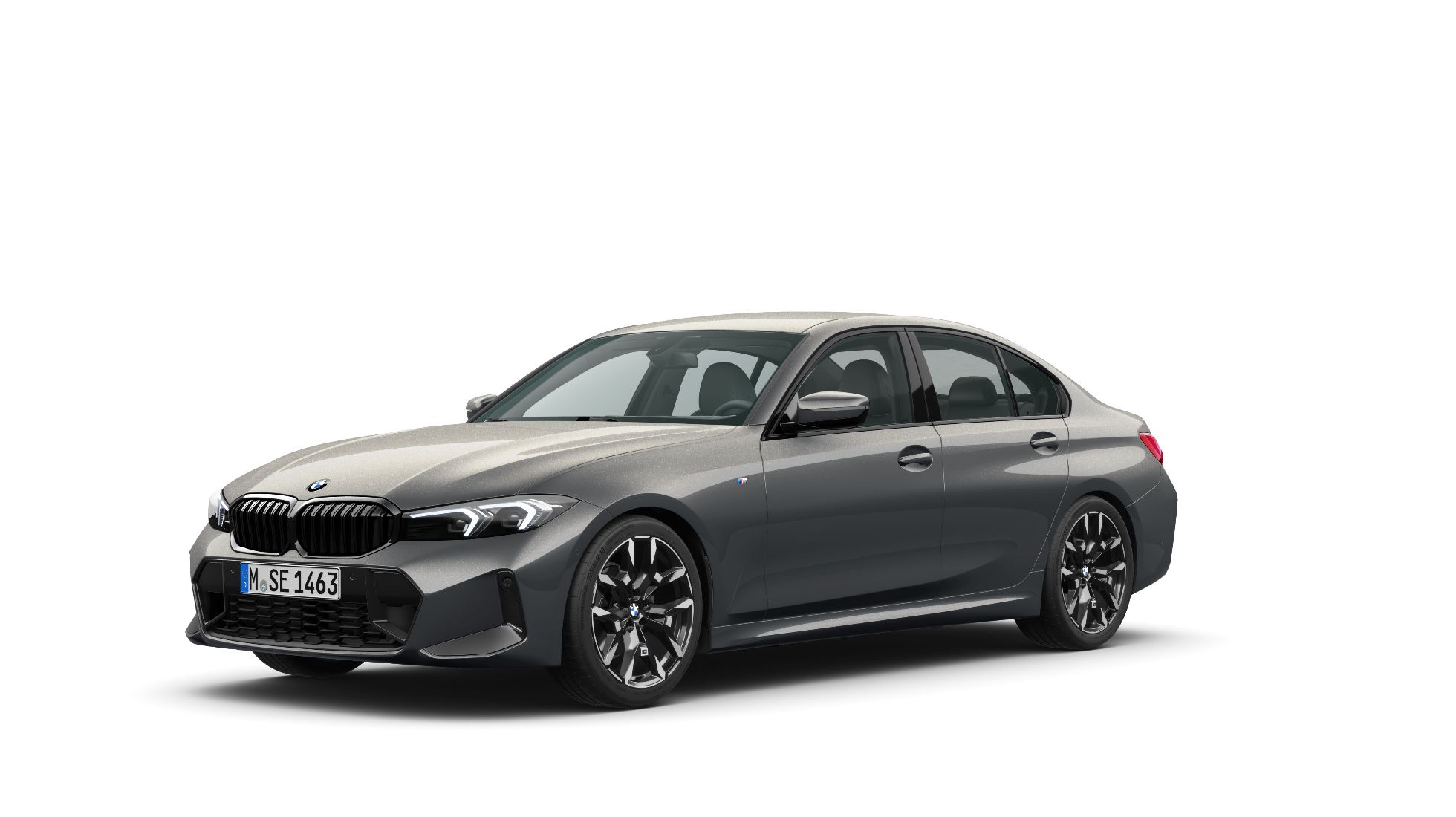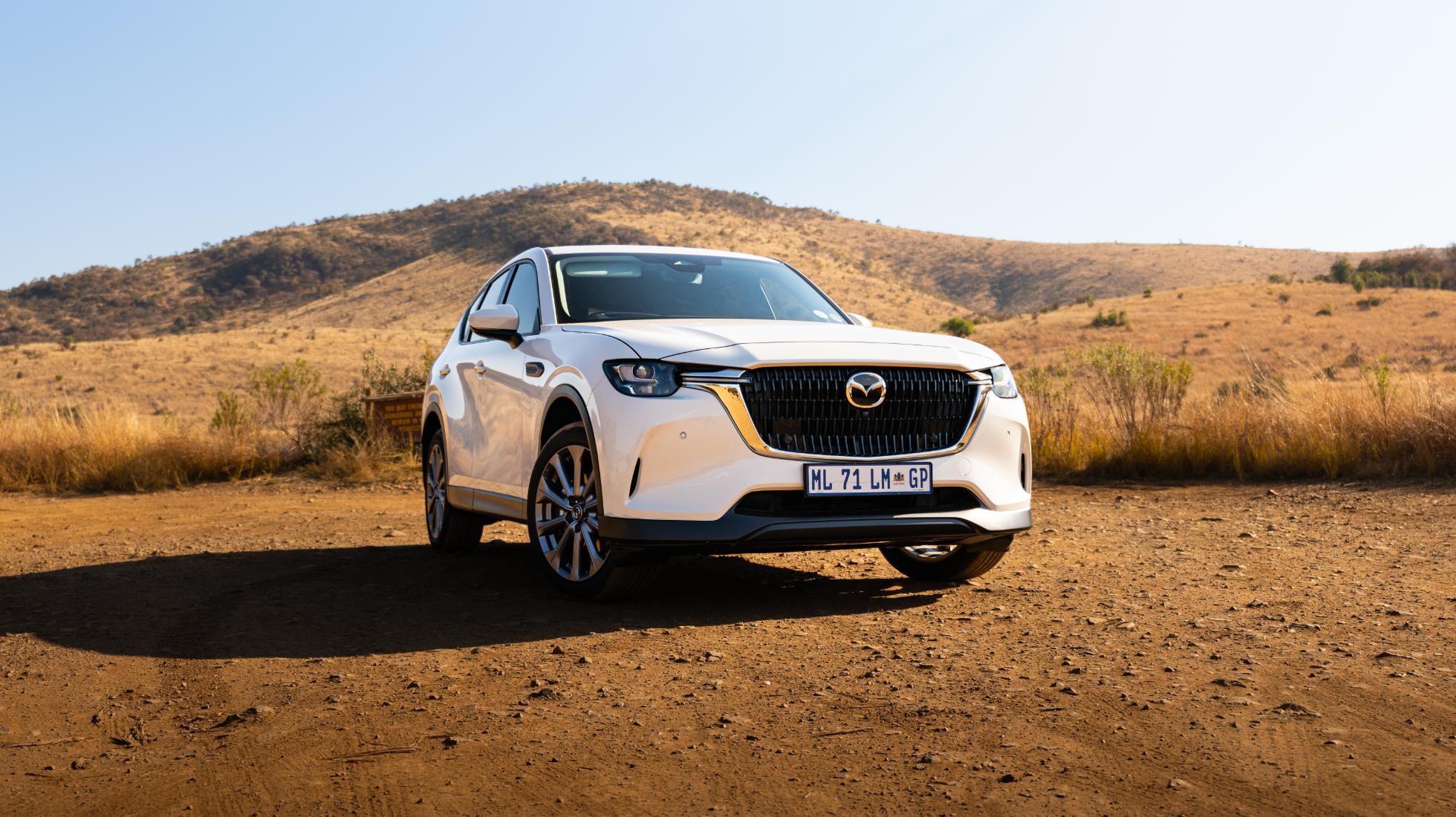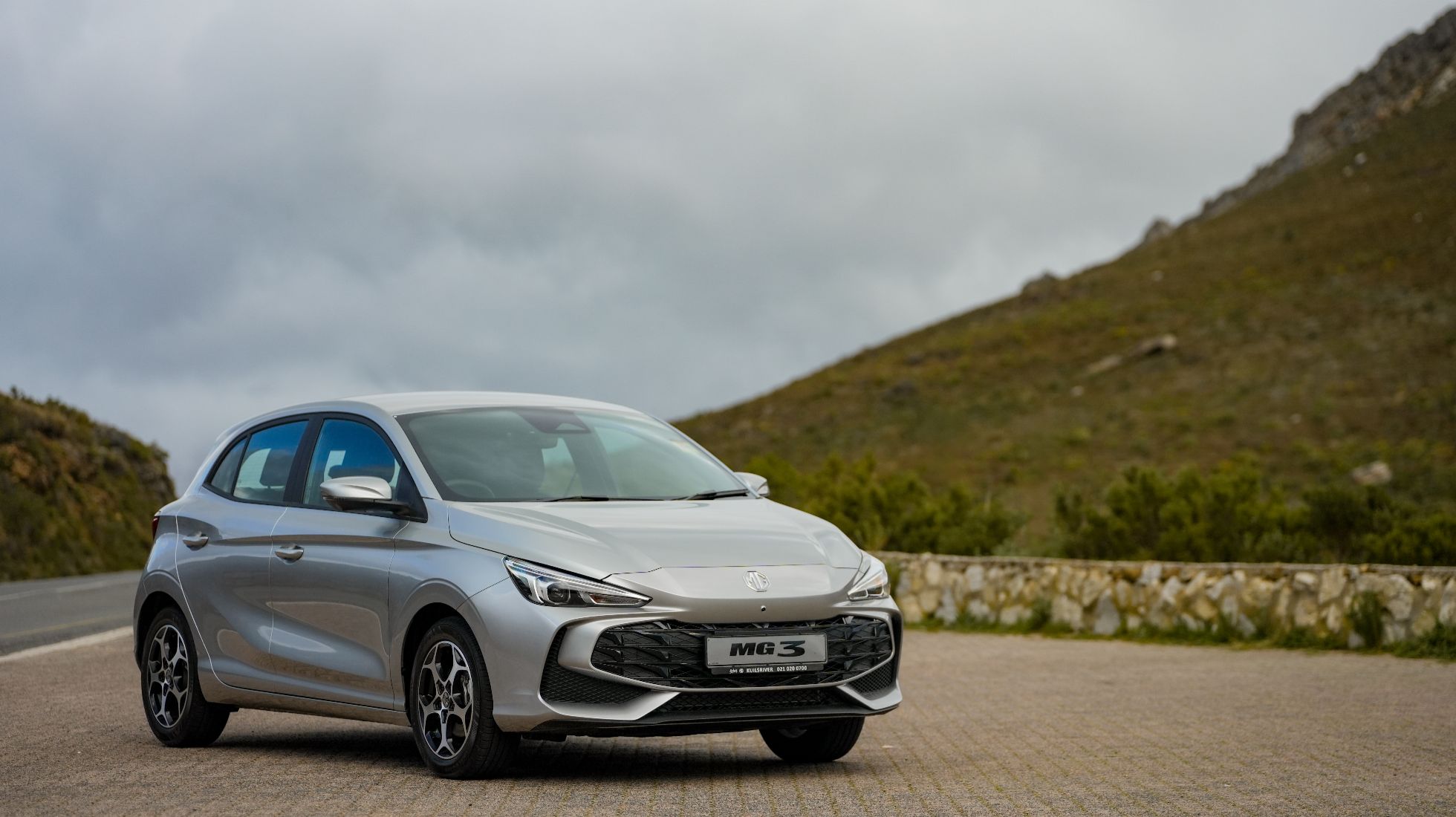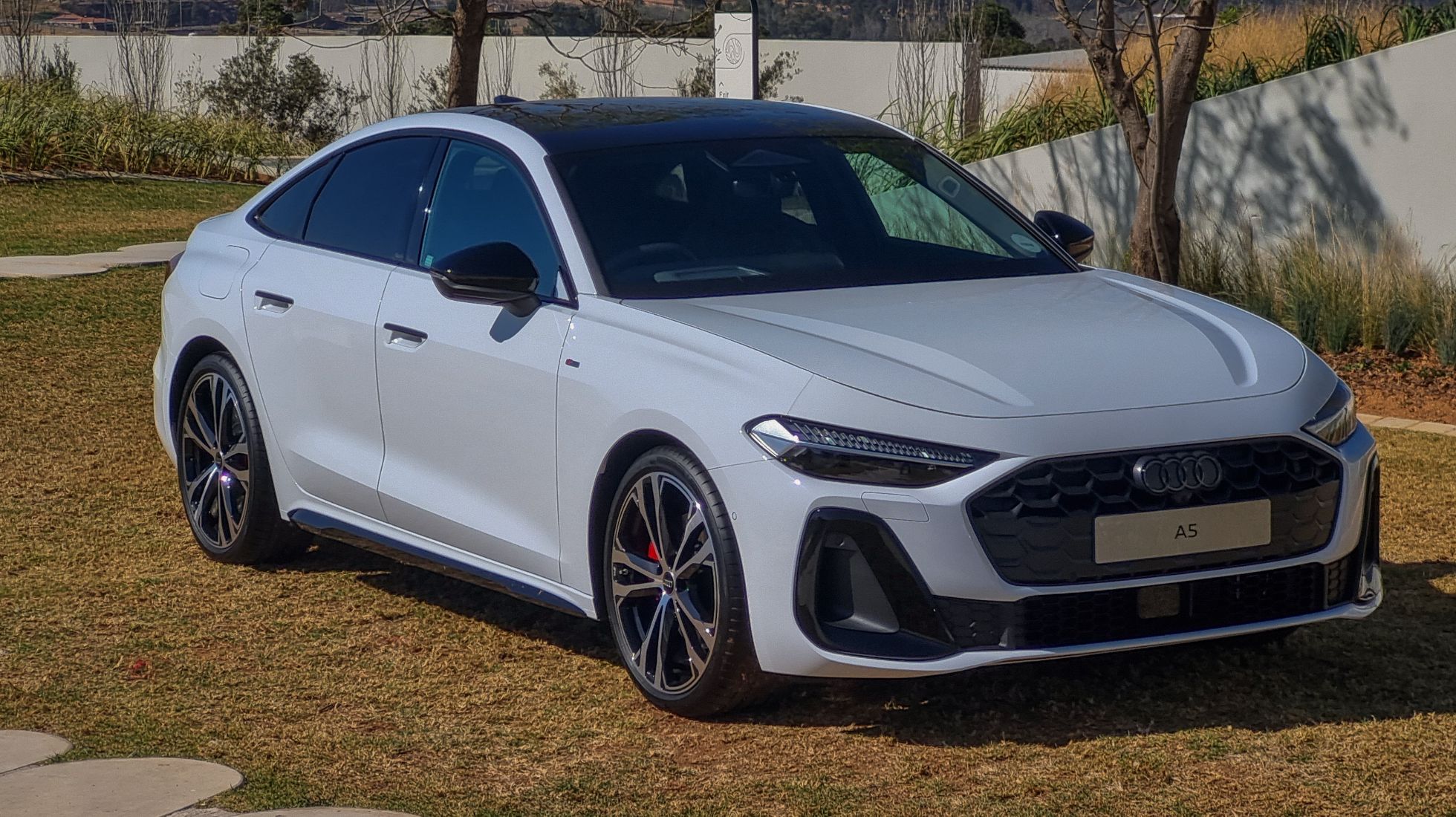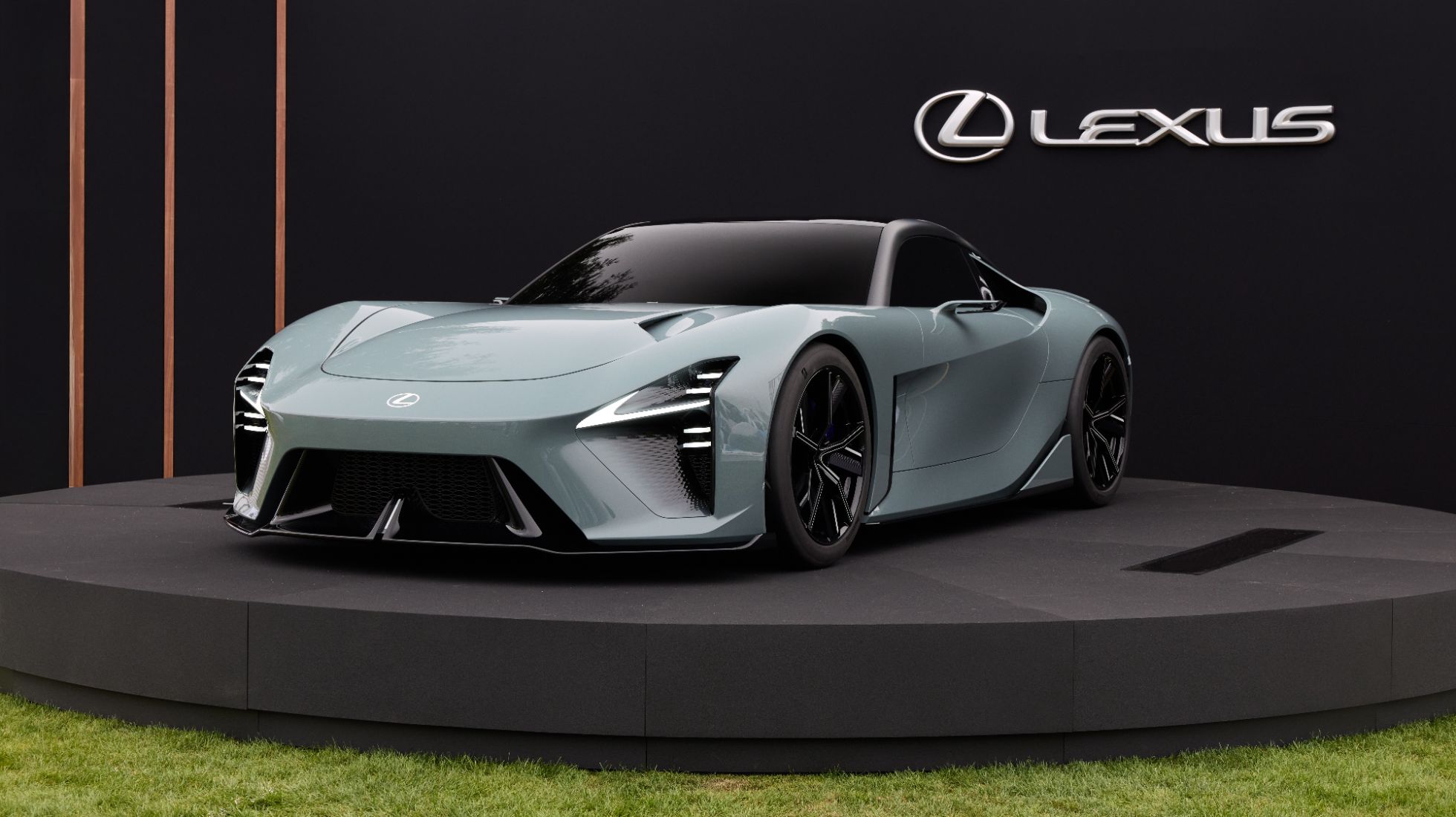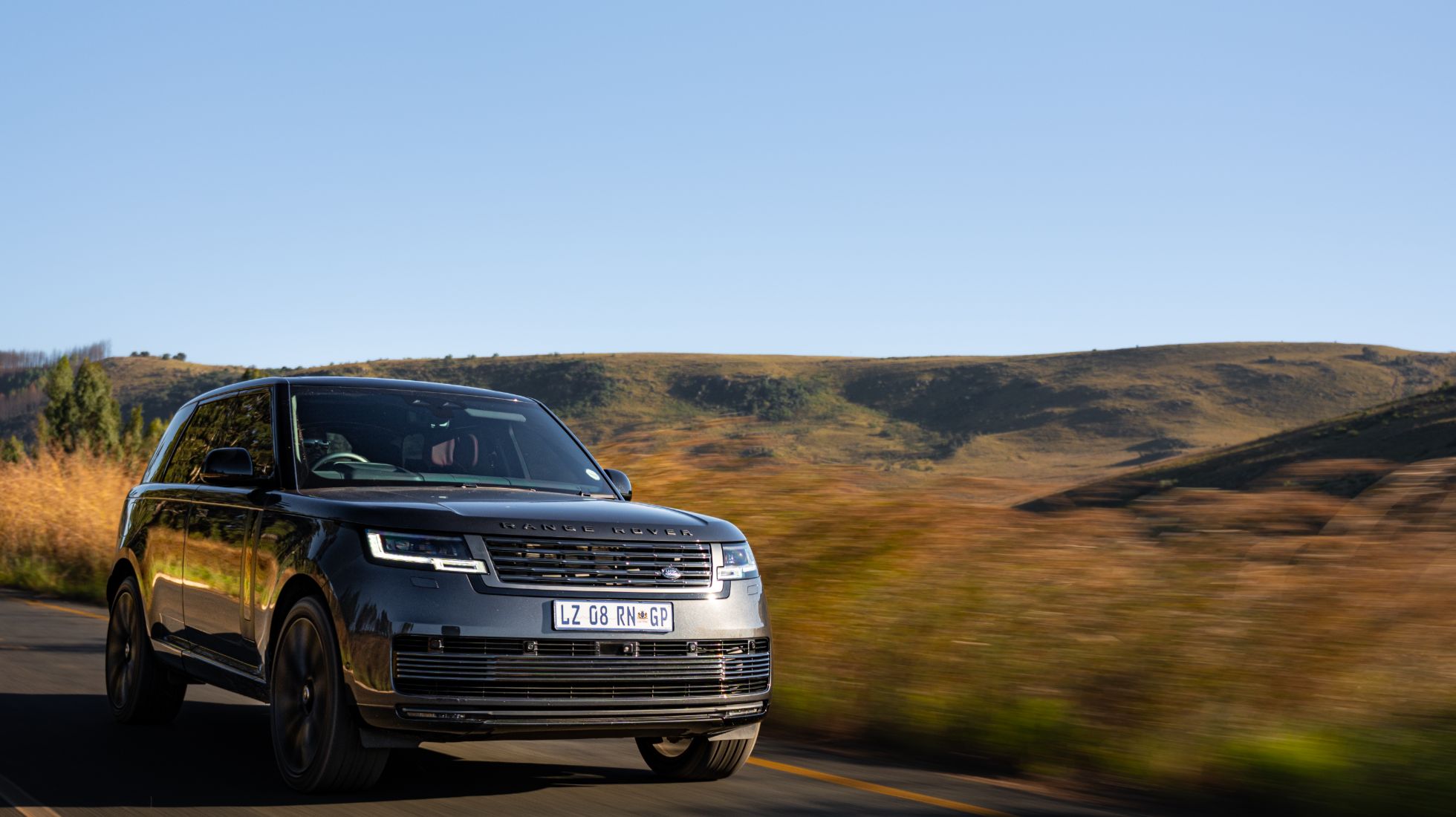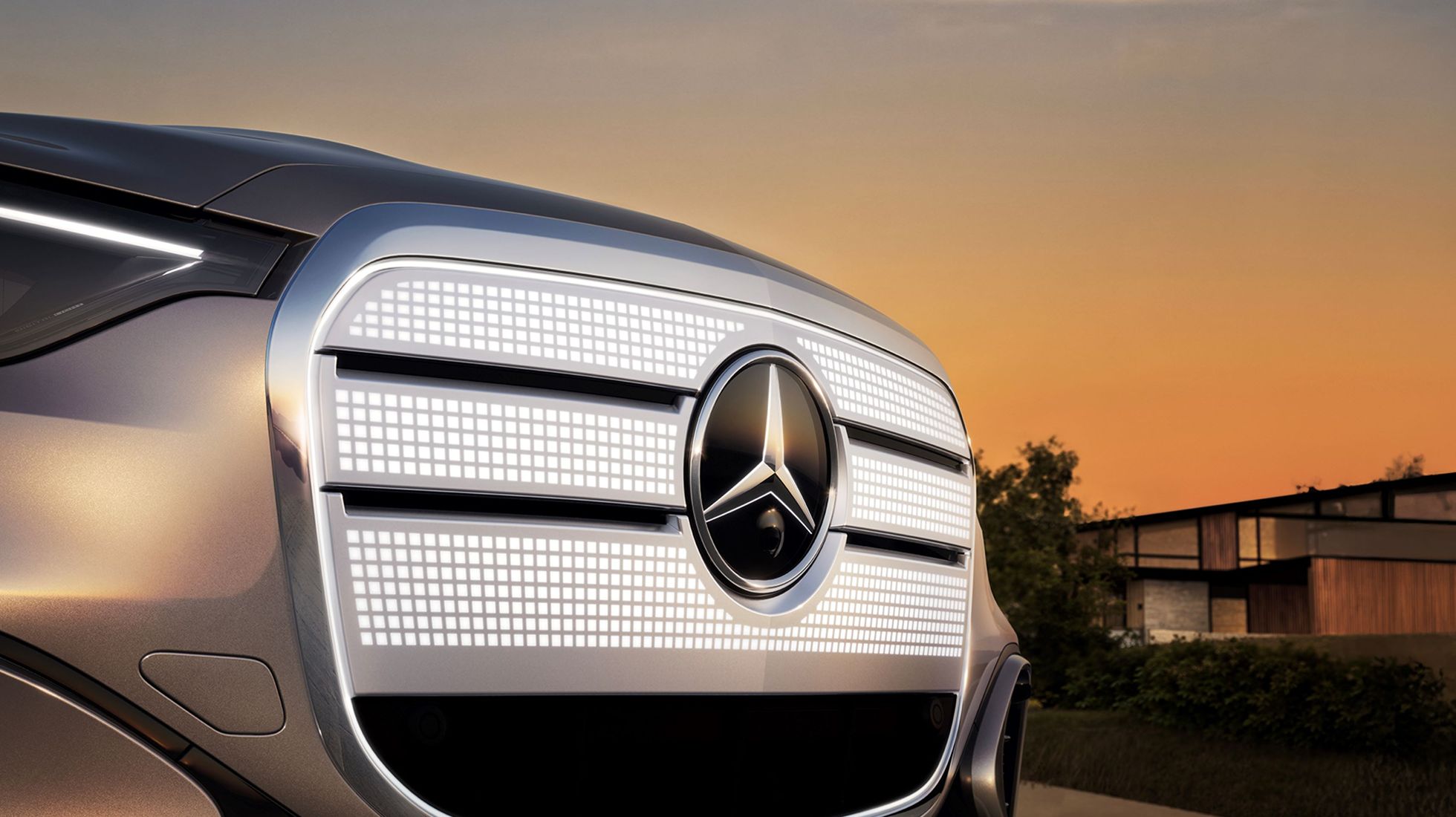First Drive: Mazda CX-60
If there is one thing you can appreciate about a brand, it is the willingness to create a product that works for its customers. Mazda has done just that by giving its CX-60 some technical updates based on consumer feedback, and while that is a good initiative, the question beckons: are these updates any good?
So, what's new?
From an aesthetic perspective, nothing has really changed, besides an additional paint colour option called Zircon Sand. It’s for this reason I am referring to the “new” CX-60 as an update rather than a facelift. Under the surface, the updated CX-60 has undergone technical upgrades that include enhanced ride comfort, refined steering, calibration of the all-wheel drive system, and improvements in NVH (Noise, Vibration, Harshness). While all of these changes sound exciting and good on paper, we went on a road trip to see how much these improved the CX-60.
Let the road trip begin
Full disclaimer: I had not driven any iteration of the Mazda CX-60 prior to this launch, which worried me because I would need something to measure these new updates up against. Luckily, Mazda South Africa thought ahead and prepped us with the pre-updated Mazda CX-60 Takumi for our first stint to the wild lands of Pilanesberg. Thank you, Mazda.
Once on the road, I quickly got to grips with the CX-60, and while yes, it is not the car we are here to test, I was surprised at just how well it performs on the open road. It’s spacious, comfortable, and just a generally good place to be. After a 160-kilometre-odd trip, I am ready to see what these new upgrades are all about.
Are the changes any good?
Yes, there’s certainly an improvement. In terms of ride comfort, there is a relatively noticeable difference. Though I found the pre-updated CX-60 to be comfortable enough, the updated CX-60 is a little more refined. It absorbs the road imperfections better, making for a smoother ride, and it felt a little less "wafty". The best way I can explain the difference is that even though the pre-update felt like it was riding waves over dips and bumps, the updated CX-60 makes those waves feel substantially smaller. It also makes it feel a bit more planted to the ground, which is fantastic.
As for steering refinement, you’d have to drive the two cars back-to-back to notice, but it is improved. As previously stated, the steering feels a little lighter and more direct, with a more planted feel, and the updated CX-60 feels a lot more confident going through bends and turns, thanks to a sharper feel through the steering column.
Now for the last two updates, I’m going to group them together, and you’ll soon see why. I want to point out that the pre-update CX-60 Takumi we initially drove and the updated CX-60 are two different models with distinct engines. The Takumi has a glorious 3.3-litre in-line-six turbodiesel motor, whereas the updated CX-60 we drove had a less engaging 2.5-litre naturally aspirated engine, so gauging the difference in all-wheel drive calibration for enhanced power delivery and the improvements in NVH (Noise, Vibration, Harshness) levels was quite challenging, as the two derivatives sound different and deliver power differently.
With that said, the cabin in the updated CX-60 was noticeably quieter in terms of wind noise and road noise at highway speeds, which leads me to believe that the NVH levels were definitely improved. As for the rest, I can’t truly comment.
The Verdict
It’s good to know that Mazda takes customer feedback seriously and works on improving their cars; the CX-60 is a clear example of that. It's a great family car built for practical motoring, and first-time CX-60 buyers can be sure they're getting a more refined product.
As for those that have already owned the pre-update CX-60 for a year or two, well, it’s up to them whether the upgrades are worth stepping into or whether they'd rather wait for a more substantial update before changing keys. Regardless, the Mazda CX-60 is a solid product, now just more refined.
Words: Niki Louw


